Innovating Predictive Maintenance with Nordic Semiconductor's Thingy:53
At this year’s Embedded World, we had the opportunity to catch up with Nordic Semiconductor, a leading figure in wireless communication and IoT solutions. The focus of our discussion was on the notable advancements made with the Thingy:53 since its last showcase. The Thingy:53, known for its versatility in IoT applications, has taken significant strides, particularly in the application of machine learning for predictive maintenance.
The emphasis on real-world applications of machine learning in predictive maintenance by Nordic Semiconductor highlights a growing trend in the tech industry. Predictive maintenance, aimed at predicting equipment failures before they occur, is revolutionizing how businesses approach maintenance, offering a glimpse into the practical applications of IoT and machine learning technologies in enhancing operational efficiency.
Advancements in Predictive Maintenance with Thingy:53
Predictive maintenance offers a proactive approach to machinery upkeep. Unlike traditional maintenance routines that operate on a schedule or in response to failure, predictive maintenance utilizes data-driven insights to anticipate and address issues before they escalate. This methodology not only enhances operational reliability but also significantly reduces downtime and maintenance costs, marking a substantial advancement in the tech industry's approach to equipment management.
Nordic Semiconductor's showcase at Embedded World 2024 provides a compelling demonstration of the Thingy:53's capabilities in a real-world predictive maintenance scenario. The demonstration involved the Thingy:53 being mounted to the side of a standard table fan, illustrating a practical and innovative use case of this technology.
The Thingy:53 employs its internal accelerometer to monitor the fan's vibrations. Under normal conditions, the fan operates with minor, expected vibrations. However, by artificially introducing an imbalance (simulating a fault, such as a broken bearing), the Thingy:53 detects abnormal vibration patterns. This shift in vibration is indicative of potential maintenance needs, demonstrating the Thingy:53's utility in identifying issues that, while possibly imperceptible to humans, signify critical mechanical faults. This capability showcases the potential of integrating IoT devices like the Thingy:53 into predictive maintenance strategies, paving the way for more intelligent, efficient, and cost-effective operations across industries.
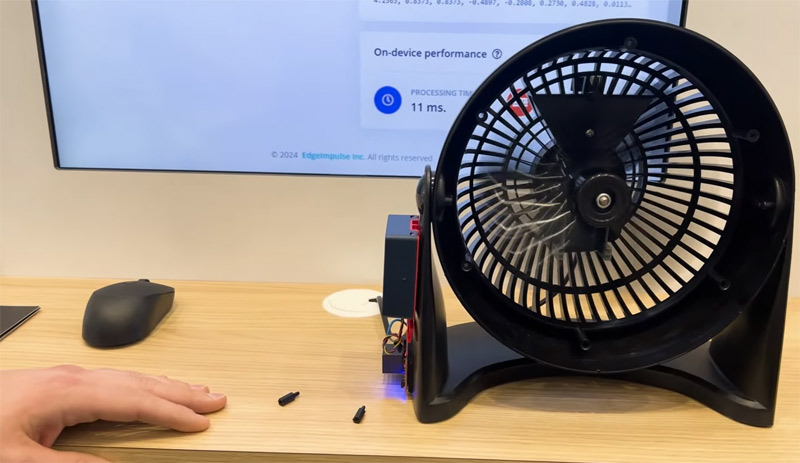
The Technical Details
The fusion of the Thingy:53 with Edge Impulse's machine learning platform illustrates a cutting-edge approach to data-driven predictive maintenance. This process begins with data collection, where the Thingy:53's internal sensors play a crucial role. By gathering data on vibrations and other relevant parameters, the Thingy:53 lays the foundation for a comprehensive dataset that is both rich and relevant to the predictive maintenance task at hand. It's worth noting that only normal and correct operation data is used to train the model, making it easy to train in real-world scenarios.
With a dataset in place, the next step involves building a predictive model. This is where Edge Impulse shines, offering tools that streamline the model building process. The platform allows for the training, testing, and optimization of machine learning models designed to interpret the collected data. Through a user-friendly interface, developers can experiment with different algorithms and parameters, fine-tuning their models to achieve optimal performance.
The predictive maintenance model specifically focuses on identifying faults through the analysis of vibration data. Machine learning algorithms are trained to recognize patterns associated with normal and abnormal operation conditions. For instance, the introduction of an imbalance to a fan, as demonstrated by Nordic Semiconductor, creates a distinct vibration pattern that the trained model can detect as a fault. This capability is pivotal, as it enables the early detection of issues that might otherwise lead to equipment failure.
Nordic Semiconductor's ML Studio
The launch of ML Studio by Nordic Semiconductor marks a significant leap forward in simplifying the integration of machine learning with Nordic's range of products. This innovative platform is designed to bridge the gap between sophisticated machine learning applications and the versatile hardware offered by Nordic, including the acclaimed Thingy:53. ML Studio provides a comprehensive ecosystem for developers to train, test, and deploy machine learning models with unparalleled ease.
One of the key features of ML Studio is its user-friendly interface, which allows developers to seamlessly connect their Nordic devices, such as the Thingy:53, and begin the process of model development without the need for extensive machine learning expertise. The platform supports a wide range of applications, with predictive maintenance being a standout use case. By facilitating the straightforward integration of machine learning models into Nordic's hardware, ML Studio empowers developers to unlock the full potential of their projects, pushing the boundaries of what's possible in IoT and smart device applications.




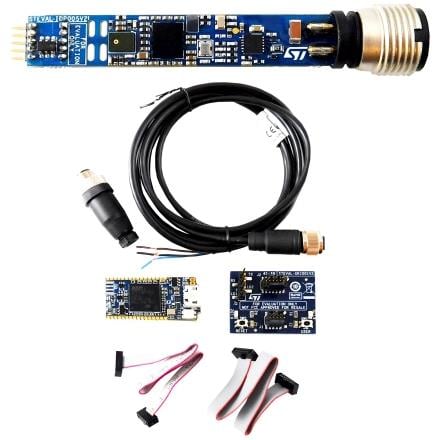
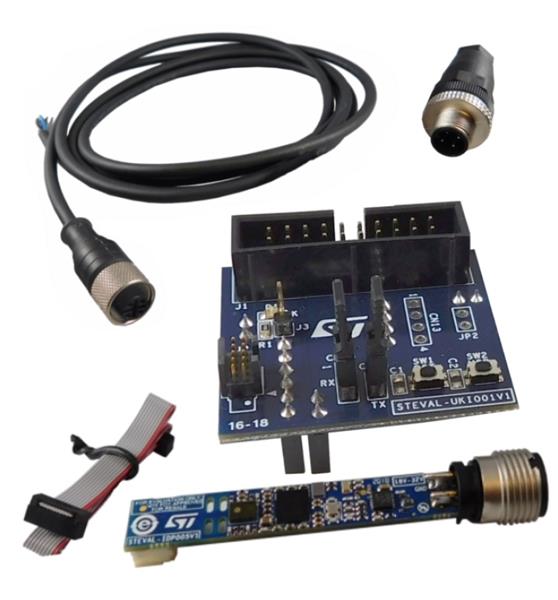
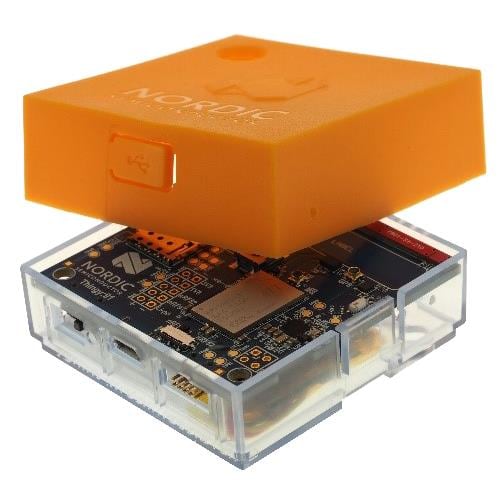
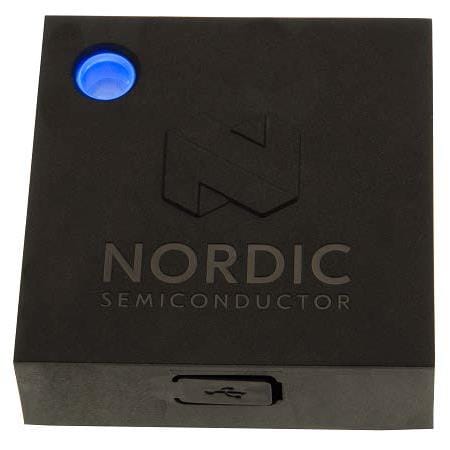
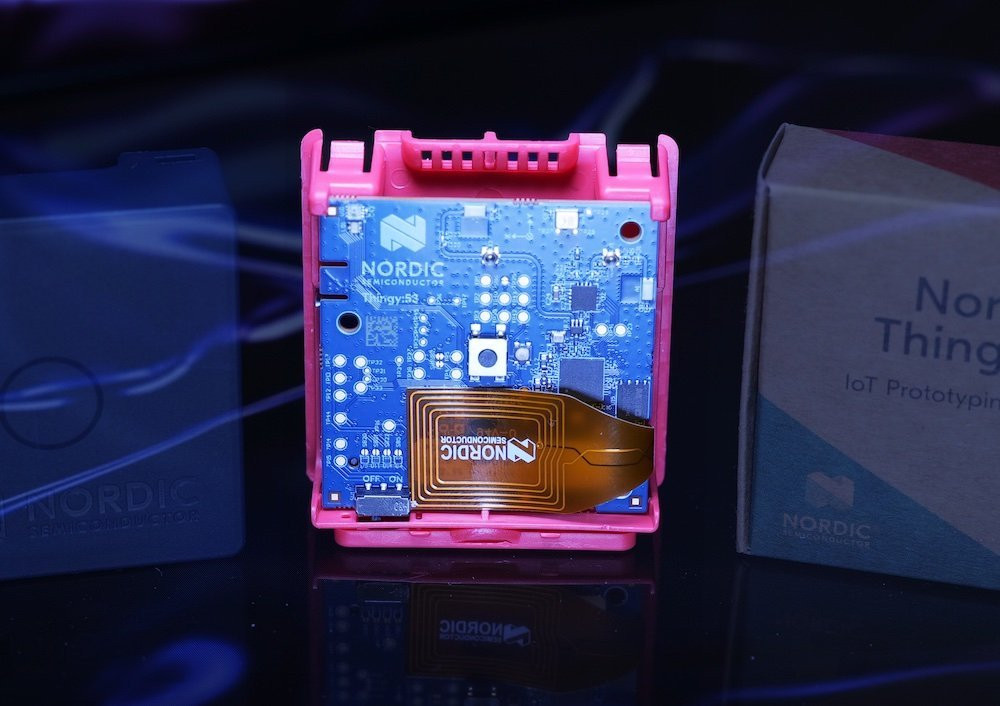




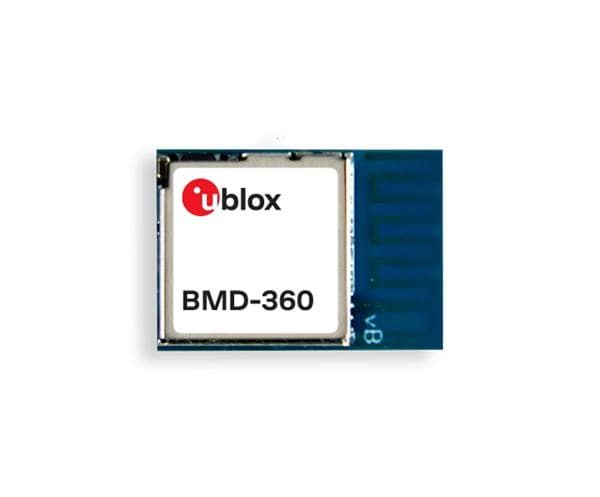
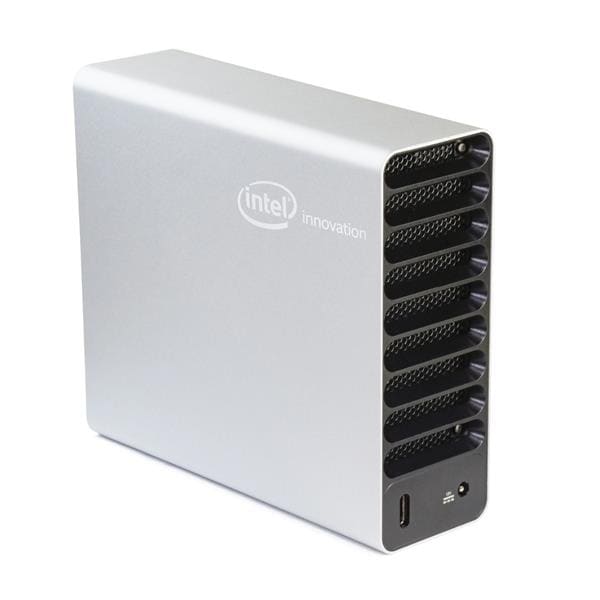


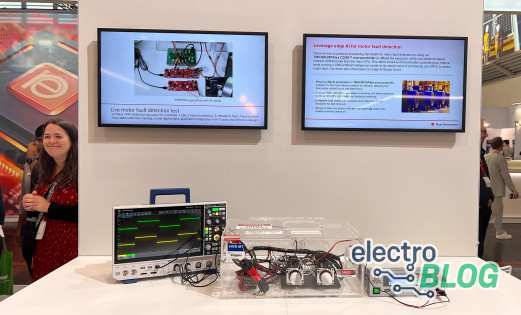
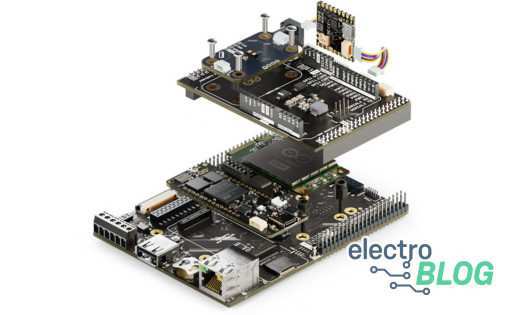
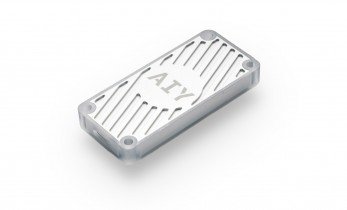
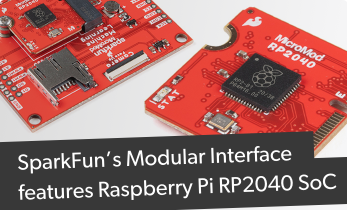

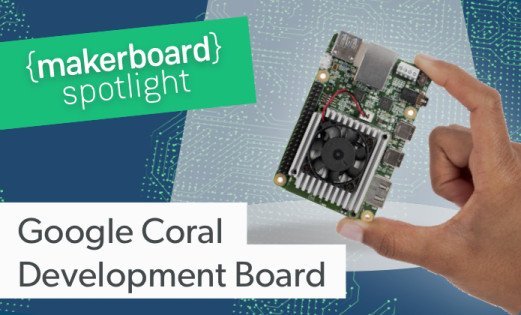


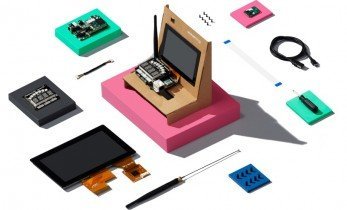
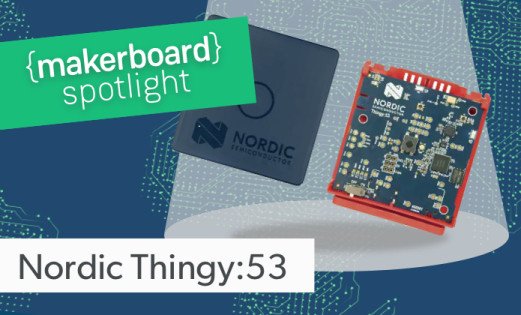

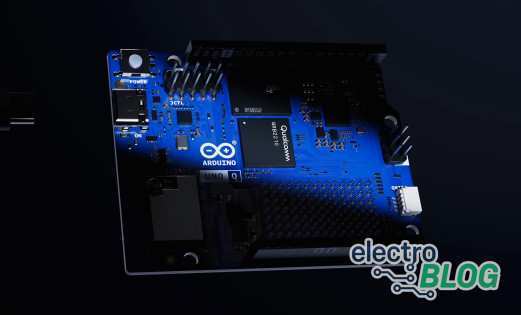


Leave your feedback...